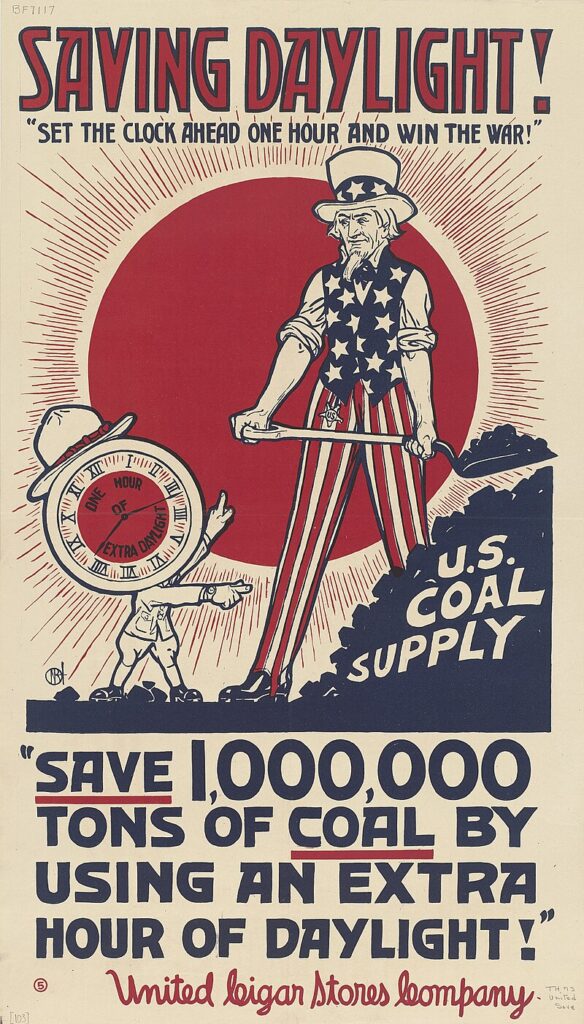Rolling Coal

I reviewed a new book about coal and its history for The Nation and I share some excerpts with you:
Arguably, no technology freed the world from the drudgery and cold of premodern times more than coal. It fueled the Industrial Revolution and rising standards of living that transformed what a human life meant after 1800. The cost of this freedom soon meant slaughtered workers, rising carbon dioxide levels, and the threat of planetary ecological catastrophe.
Today, arguably no technology dooms the world’s future more than coal, with its environmental destruction, pumping of carbon dioxide into the air, and dangerous working conditions that still kill from work, pollution, and climate change. The environmental journalist Robert Wyss, in his new book Black Gold: The Rise, Reign, and Fall of American Coal, provides readers an often-dramatic episodic overview of coal in American history, the great paradox between power and destruction that we could escape today, but we choose not to because of vested corporate interests and Donald Trump’s nostalgia for an America where coal burned plentifully and white men like himself ruled the world.
A cheap, plentiful energy source that could power factories anywhere provided enormous financial benefits, and coal revolutionized the global economy. Early factories relied on waterpower, clean in terms of what were then unknown carbon emissions, but limited development to waterways. Coal transformed the geography of industrialization, allowing enormous industrial operations wherever a capitalist wanted to build. It fueled steel and railroads. It heated homes—dirtily, but in a 19th-century working-class home, avoiding the cold took precedence for most family over smoke. The idea of fossil fuels raising standards of living powers the ideology of many of Trump’s energy advisers, who not coincidentally often have vested financial interests in the industry. They ignore or lie about the massive human and environmental cost.
As Wyss reminds readers repeatedly, coal’s horrors showed up quickly. An entrepreneur could easily post a hole in the ground and find workers to dig out the coal. Beginning shortly after 1800, mines began shipping coal to eastern cities. In an era without regulations, where the courts consistently ruled that employers owed workers nothing if they died or were injured on the job because no one forced them to take that particular job, it did not take long for the workers to start dying from cave-ins, gas explosions, and employer indifference to their lives. Wyss juxtaposes the Centennial Exhibition held in Philadelphia in 1876 that celebrated the industrial might of an America running on coal with workers going days without seeing daylight, racial tensions in the mines as companies used Black strikebreakers, and death from accidents.
Unsurprisingly, workers began to organize. The nation’s most infamous early labor organization—the Molly Maguires—were an early response to the terrible conditions in the Pennsylvania mines that became associated with terrorism. Men such as Andrew Carnegie and Henry Clay Frick would stop at nothing to keep their coal-fueled steel mills nonunion, and this allows Wyss to tell the story of the Pinkerton invasion at Homestead, Pennsylvania, during the famous 1892 strike at Carnegie Steel. The United Mine Workers would form in 1890 and provide a more respectable sort of unionism. But over time, the UMWA became part of the machine keeping the nation enslaved to coal. Legendary UMWA president John L. Lewis fought like hell for his men, as Wyss explores, with attention to the details of workplace health and safety driving strikes, but he was also a tyrant and a man who believed himself and his union more centrally powerful to the American future than it turned out to be.
Coal also blackened the nation’s collective lungs, both inside the mines and outside where coal smoke blotted out the sun. Wyss tells the story the early 20th century attempts to clean the nation’s filthy city air of coal smoke, a process often led by women who found political space to take on urban reforms based on gendered stereotypes around motherhood, framing this by protecting their children from polluting industry. They struggled to succeed in a world dominated by an ideology of endless industrial growth. Finally, in the 1970s, environmental movements began taming coal, a story Wyss tells by focusing on the Navajo Generating Station in Arizona. As ever, coal divided Americans, in this case the Navajo on whose land the power plant resided and upon which tribal leaders relied for scarce financial resources.


